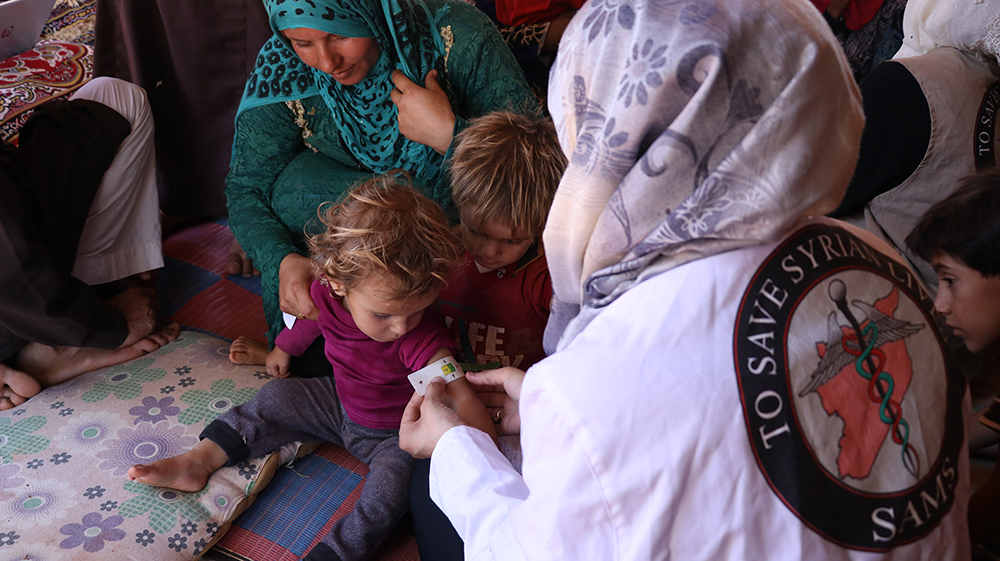This report recounts the experiences of 27 physicians and other health workers in Syria who struggle to provide trauma care and health services to a population under assault. The goal of this report is to go beyond statistics and offer a ground-level view of the daily experiences and insights of Syrian health workers in opposition-controlled areas – not including Islamic State (ISIL) controlled territories. Interviews informing this report were conducted with medical personnel currently working or having recently worked in field hospitals in Aleppo, Idlib, Latakia, Hama, and Darayya in rural Damascus, and took place in Gaziantep, Turkey in late October 2014. Read full report.
In 2014, violence in Syria reached unprecedented levels, leading to hundreds of thousands of injuries and tens of thousands of deaths. At the same time, the Syrian healthcare system has collapsed and the country’s remaining healthcare professionals are unequipped to meet the medical needs of civilians. The results are grim, and Syrian medical professionals are being forced to bear inconceivable burdens.
In Syria, civilians as well as healthcare personnel, medical facilities, and ambulances are deliberately and routinely targeted as part of the military strategy of the Syrian government. In an attempt to provide ongoing care to the injured, health workers have opened makeshift field hospitals in homes, factories, and farms, often moving from place to place as they suffer damage or destruction. Only two of the facilities where the individuals interviewed for this report worked escaped attack during their tenure, and one of those was hit after the physician interviewed had left. However, as these field hospitals are hidden, even the extensive documentation of attacks on health workers and facilities in Syria inevitably underreport the extent of attacks. In addition to killing and injuring people, the bombing destroys important equipment and impedes resupply and repair. Almost all field hospitals lack CT scanners, most have only basic X-Ray equipment, and few have intensive care units or ultrasound machines.

